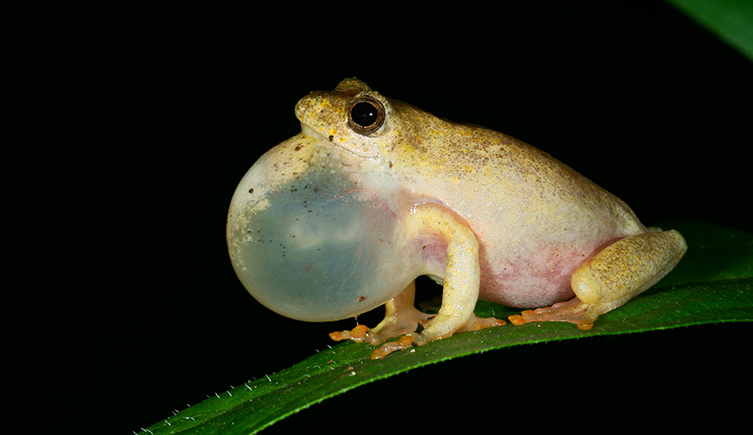Project overview
Body size and shape play fundamental roles in organismal function and it is therefore expected that animals may possess body proportions that are adapted to their ecological niche.
Tetrapods exhibit a diverse array of body shapes, but to date the diversity in overall body proportions and its relationship to ecology and body size have not been widely or systematically quantified.
Our recent work, however, has emphasised that the vertebrate body is a highly modular system within which evolutionary adaptation is expected to occur synchronously at a variety of hierarchical scales, from single tissue to whole organism. In other words, major shifts in environment or ecological niche may require or benefit from coupled or modular changes to multiple body segments simultaneously.
The over-arching goal of this project is therefore to understand how whole-body shape and size have interacted across major shifts in ecological and environmental niche occupation during tetrapod evolution.
This project is highly flexible and can be tailored to suit the specific academic interests of the student and their learning needs. Specific focus may therefore vary from broader analyses of anatomical changes across all tetrapods and multiple locomotor ecologies using a mixture of methods, to a focus on a specific ecological transition (e.g. arboreality) with a bias towards one method (e.g. phylogenetic statistics or biomechanical analyses). Within this broad scope, the project has the following objectives:
(1)To use phylogenetic comparative methods (PCM) to understand coupled or modular adaptations in body proportions across major ecological transitions.
(2)To use PCM to understand the influence of body size on body proportions within and across different locomotor ecologies.
(3)To use biomechanical simulations to understand the physiological and mechanical constraints and adaptive benefits of anatomical trends identified in (1) and (2).
Previous work examining major evolutionary shifts between environmental habitations have tended to focus on so-called ‘key innovations’ that have apparently unlocked physiological and mechanical barriers to successful function in new ecological niches.
This study will not only be novel by analysing modularity across the body but in the integration of PCM and state-of-the-art biomechanical simulations to test hypotheses about evolutionary dynamics in body size, shape and ecology.
The ideal student would have a background in zoology or palaeontology and skills in quantitative, mechanical and/or 3D digital techniques, and/or phylogenetic comparative methods, but training will be provided in all techniques.
The supervisory team has been assembled to support flexibility in the interests and training requirements of the student and includes experts in anatomy, palaeontology, biomechanics, phylogenetic methods and computer simulation.
The student will be based with Dr Bates in the Evolutionary Morphology & Biomechanics Group at Liverpool but will spend time in the labs of the co-supervisors.
Part-Time Study Options
All ACCE+ PhDs are available as part time or full time, with part time being a minimum of 50% of full time. Please discuss potential part time arrangements with the primary supervisor before applying to the programme.
Project CASE Status
This project is a CASE project. Your project will be co-supervised by the non-academic partner organisation, and you will spend 3-6 months on a placement with your CASE partner in their workplace. You will experience training, facilities and expertise not available in an academic setting, and will build business and research collaborations.


.png)